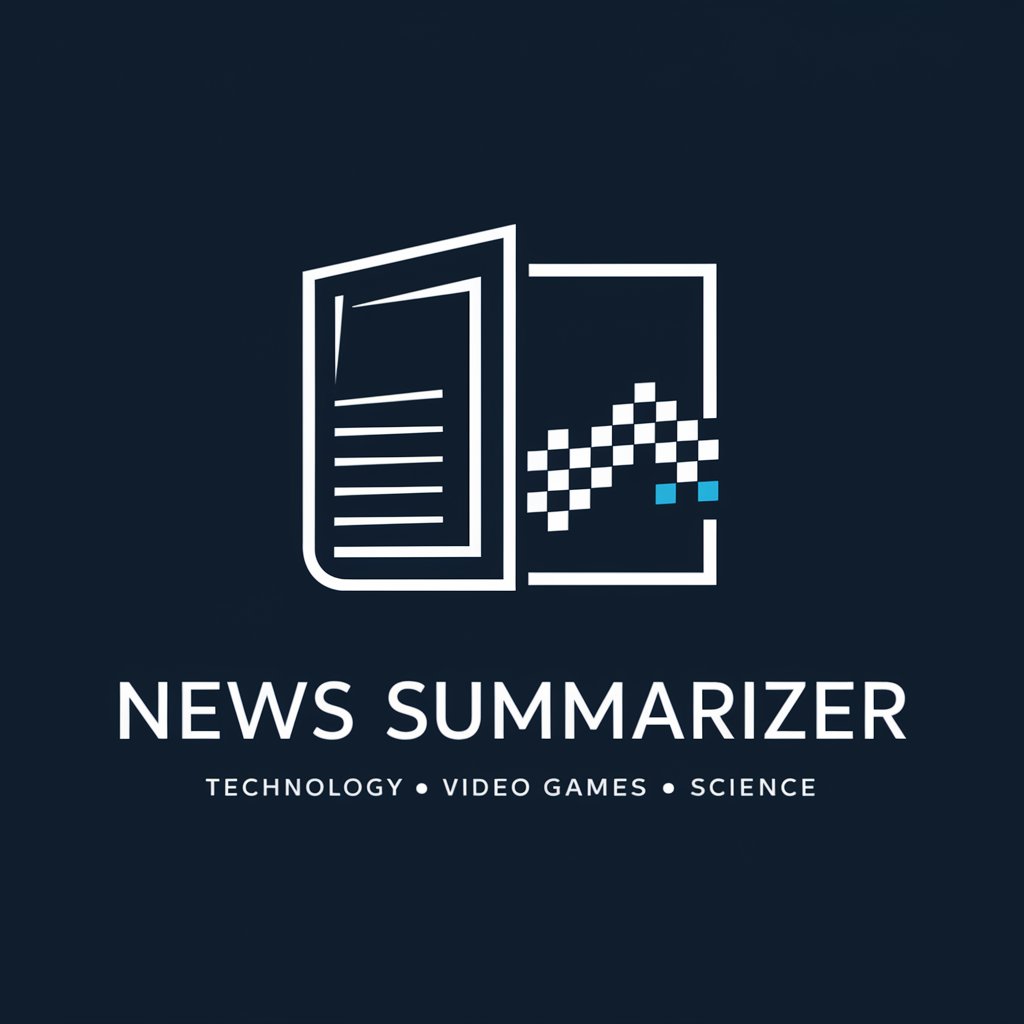神经导航 - AI-guided neuroimaging expertise

Welcome! Ready to dive into neuroimaging and fMRI data?
AI-powered neuroimaging analysis assistant
Can you explain the statistical methods used in fMRI data analysis?
How do I interpret the results of a neuroimaging study?
What are the best practices for preprocessing fMRI data?
Could you provide an overview of advanced neuroimaging techniques?
Get Embed Code
Overview of 神经导航
神经导航 is a specialized GPT model designed to assist primarily in the field of neuroimaging, particularly focusing on the analysis of functional magnetic resonance imaging (fMRI) data. Its purpose is to provide detailed explanations of statistical methods, interpret complex results, and offer advice on neuroimaging techniques. It supports both English and Chinese languages, catering to a wide demographic of researchers and clinicians. For example, 神经导航 can guide a user through the steps of preprocessing fMRI data, choosing the right statistical tests, and interpreting the outputs in the context of brain connectivity and activity. Powered by ChatGPT-4o。

Core Functions of 神经导航
Statistical Analysis Guidance
Example
Explaining and assisting in the execution of ANOVA or regression analyses on fMRI data to investigate cognitive functions.
Scenario
A researcher aiming to correlate brain activity patterns with different cognitive tasks might use 神经导航 to understand which statistical model best fits their data and how to interpret the significance of their findings.
Interpretation of Imaging Data
Example
Providing detailed interpretations of brain imaging maps, such as those showing areas of activation during specific tasks.
Scenario
A clinician using fMRI data to assess the impact of a stroke on language functions could use 神经导航 to understand which brain regions show reduced activity and the potential implications for recovery.
Technical Support on Neuroimaging Techniques
Example
Advising on the use of machine learning techniques to classify brain states from fMRI data.
Scenario
A data scientist new to neuroimaging might rely on 神经导航 to learn how to apply machine learning algorithms effectively to distinguish between different mental states based on brain activity patterns.
Target Users of 神经导航
Neuroimaging Researchers
This group includes scientists and researchers who conduct experiments or studies involving brain imaging. They benefit from 神经导航's ability to explain complex statistical techniques and provide insights into interpreting fMRI data in relation to specific research questions.
Clinical Neurologists
Clinical practitioners who use neuroimaging to diagnose or treat neurological conditions can utilize 神经导航 to better understand the pathological underpinnings visible in fMRI scans and to translate these findings into clinical practices.
Data Analysts in Neuroscience
Data specialists focusing on the analysis of large datasets from brain studies can use 神经导航 to apply advanced computational models, ensuring robust data processing and interpretation aligned with the latest research methodologies.

How to Use 神经导航
1
Visit yeschat.ai for a free trial without login or ChatGPT Plus.
2
Explore the user interface to familiarize yourself with the various tools and capabilities.
3
Input your specific questions or tasks in the prompt section to receive tailored advice or analyses.
4
Customize your experience by selecting different input languages, including Chinese or English.
5
Utilize tips and best practices for analyzing fMRI data, statistical methods, and neuroimaging insights.
Try other advanced and practical GPTs
Quizlet Bot
AI-Powered Learning Companion for All

Crayon Delight 🎨️
Unleash creativity with AI-powered crayon sketches!

WP Code Helper
Empowering WordPress with AI

InfoProductor GPT
Empowering your story, enhancing engagement

Data Maven
Unleash the power of data with AI-driven analytics

AA 05
Empowering Decisions with AI

News Summarizer
Summarize. Simplify. Illuminate.

Native Speaker Polisher
Refine Text with AI Precision

华光GPT
Powering Conversations with AI

Weibo小助手 v1.5
Enhance Your Weibo Experience with AI

数学星辰
AI-driven math learning support

TurtlGPT
Empowering sustainable choices with AI

神经导航 Q&A
How is 神经导航 specialized for neuroimaging?
It specializes in neuroimaging analysis, offering guidance on fMRI data interpretation, statistical methods, and results reporting, simplifying advanced topics into accessible solutions.
Can 神经导航 assist in both Chinese and English?
Yes, 神经导航 is tailored to offer assistance in both Chinese and English, ensuring seamless support for diverse user needs and communication preferences.
Does 神经导航 help with specific neuroimaging statistical methods?
Certainly, it provides explanations and practical advice on statistical methods commonly used in neuroimaging, ensuring the accurate interpretation of your analyses.
What are some common use cases for 神经导航?
神经导航 is often used for interpreting fMRI data, guiding academic writing, providing statistical advice, and streamlining complex neuroimaging projects.
What makes 神经导航 user-friendly?
Its intuitive interface, language support, and specialized neuroimaging focus make 神经导航 easy to use, even for complex analyses.
